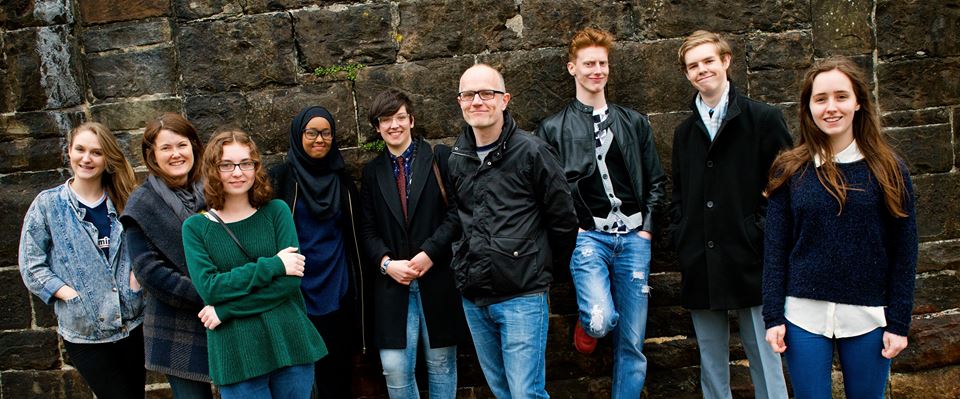
In the article below members of the Get the Chance team share why the work of Get the Chance is important to them and their lives.
You can make a donation to support the work of Get the Chance here
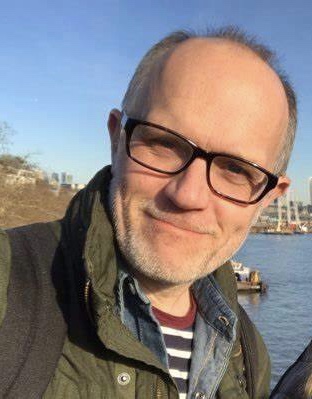
Guy O’Donnell, Volunteer Director
Hi my name is Guy O’Donnell and I am the director of Get the Chance. In this short article our team share with you how vital Get the Chance is to them and their lives. If you can support our work, please donate at the link above.
Get the Chance is a social enterprise based in South Wales. We are Wales based with an international outlook. We work to create opportunities for a diverse range of people, to experience and respond to sport, art, culture and live events. We use our online magazine website as a platform to showcase our members activities. We provide a fantastic opportunity to develop cultural critical voices and ensure that people from certain groups of society, people that are often forgotten or unheard, are given a platform to share, review and discuss their lives and critique work in a public platform.
Not only have we supported conversations about the arts and culture in Wales, but we’ve also broken-down barriers and asked questions about who actually gets to critique art. It is this democratisation of criticism that is crucial to a healthy and thriving artistic community that listens to everyone. Thank you.
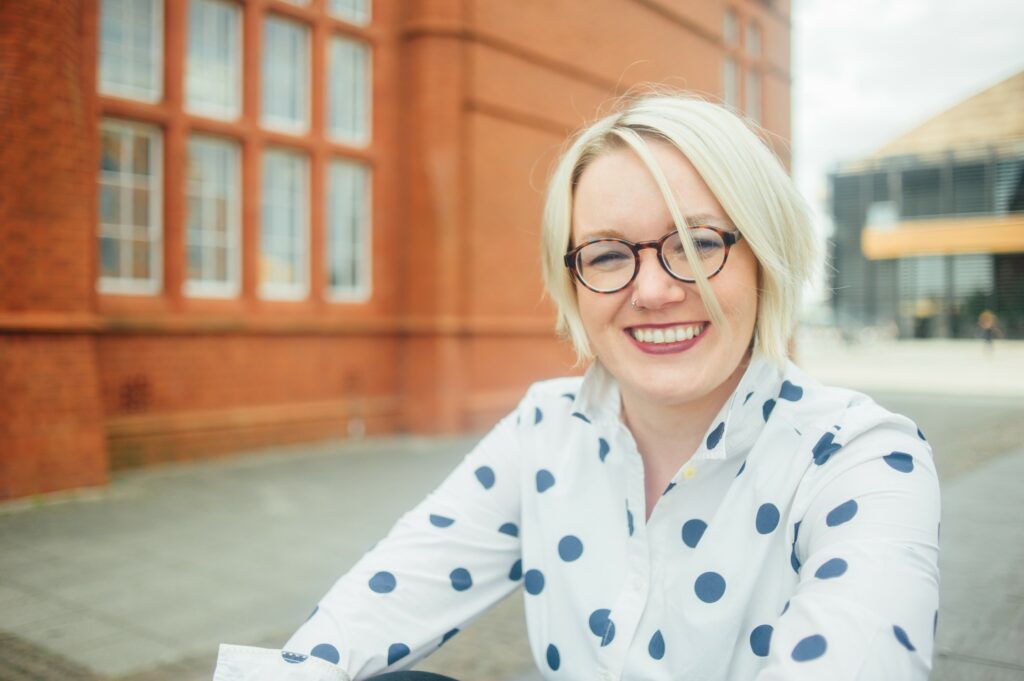
Gemma Treharne-Foose, Volunteer Director and Critic.
Hi, my name is Gemma Treharne-Foose. I’m a board member and volunteer with Get the Chance. We’re a community of volunteers, activists and enthusiasts dedicated to expanding the reach of arts, culture and sports in Wales. At Get the Chance, we exist to create a space and a platform for people to participate, engage in and respond to theatre, arts and culture. In particular, we help people who are perhaps traditionally hard to reach and support them to access and experience these spaces.
Part of the work we do with our community is to encourage and support them to build up their skills, responding to, vlogging about, and writing about their experiences accessing arts, theatre and culture, and also helping them access particular schemes and initiatives with partner organisations.
At the moment the arts and live event industries in Wales are hurting and they’re struggling right now as they try to access support and gain audiences in these uncertain times. I believe this is an arts emergency and I want part of my work with Get the Chance to support the industry to get back on its feet again and to get audiences enjoying live events and theatre again.
If you also want to support and highlight Welsh theatre, arts and culture then I’d encourage you to get involved. Let’s shine a light on the amazing work happening right now in Wales. The show must go on!
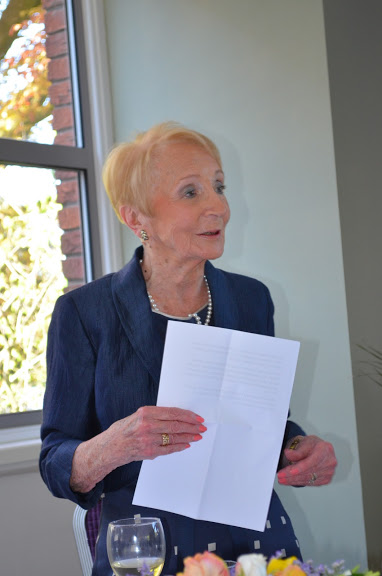
Barbara Michaels, Volunteer Critic.
As one of the most senior reviewers who has known Guy O’Donnell for many years, I can’t stress enough how important it is that Get the Chance continues to support the youngsters who want to become involved in the arts, many of them with the aim of a career in the media.
During the time over the years I’ve been reviewing, I’ve been really impressed by the young people who are coming up into the ranks, who have become very knowledgeable and very enthusiastic about their involvement with theatre. Unless we get some financial support, it’s going to be so difficult to continue with an organisation like Get the Chance which does so much good, giving opportunities to young people who wouldn’t have them.
With the cost of seeing the performances of opera and ballet and theatre rising, and inevitably it is going to rise more, it is absolutely vital that we have some support both financially and in all aspects of an organisation like Get the Chance. Thank you.

Kevin B Johnson, Volunteer Critic
Hi my name is Kevin, I work in an office, I like long walks on sunny beaches and I’m Sagittarius. Apart from that, I’m a member of Get the Chance because I like seeing new shows, new films and sharing them with other people, bringing my discoveries to others and getting a chance to view them. I like to highlight what I love about the shows that I’ve seen.

Becky Johnson, Volunteer Critic
Hi my name is Becky Johnson and I’m a member of Get the Chance. I’m actually a freelance dance artist based in Cardiff and I’m a member of Get the Chance alongside that. So with my practice I tend to create work, I tend to perform and I tend to teach, and a big part of me being an artist is making sure that I can see as much work as possible and then also understand the wider perspectives, on not only dance but also the arts in general and the things that are going on in our current climate and our local area.
So with having Get the Chance alongside of it, it allows me to access these different things and to get opportunities to see these, which I wouldn’t necessarily financially be able to do otherwise. Also, it allows me to have that time dedicated to just look at these things analytically and also just to really try and understand what is going on in what I’m watching and what I’m seeing, rather than just watching it and acknowledging what’s happening. Writing with Get the Chance gives me an opportunity to use my voice to promote the things that I really care about and things I’m passionate about, the things I think need to be highlighted, whether that’s something that’s problematic that I see in a show or something that I think’s wonderful that needs to be shown more of and we need to see more of.
Another opportunity that I’ve had recently which has been amazing is the opportunity to interview people that I’m very proud to have had the opportunity to speak to and to be able to give them a voice to speak about their platform and what they’re doing. This is really important to me as a lot of these issues are very important and very close to home and I think it’s something that without this platform I wouldn’t be able to do.
I’ve always loved writing, it’s something that I did always want to pursue but by being a member of Get the Chance I’ve been able to continue my writing in a way that’s still linked with my practice. It means that I can find the balance of both of these feeding each other. I’m really grateful for having this opportunity.
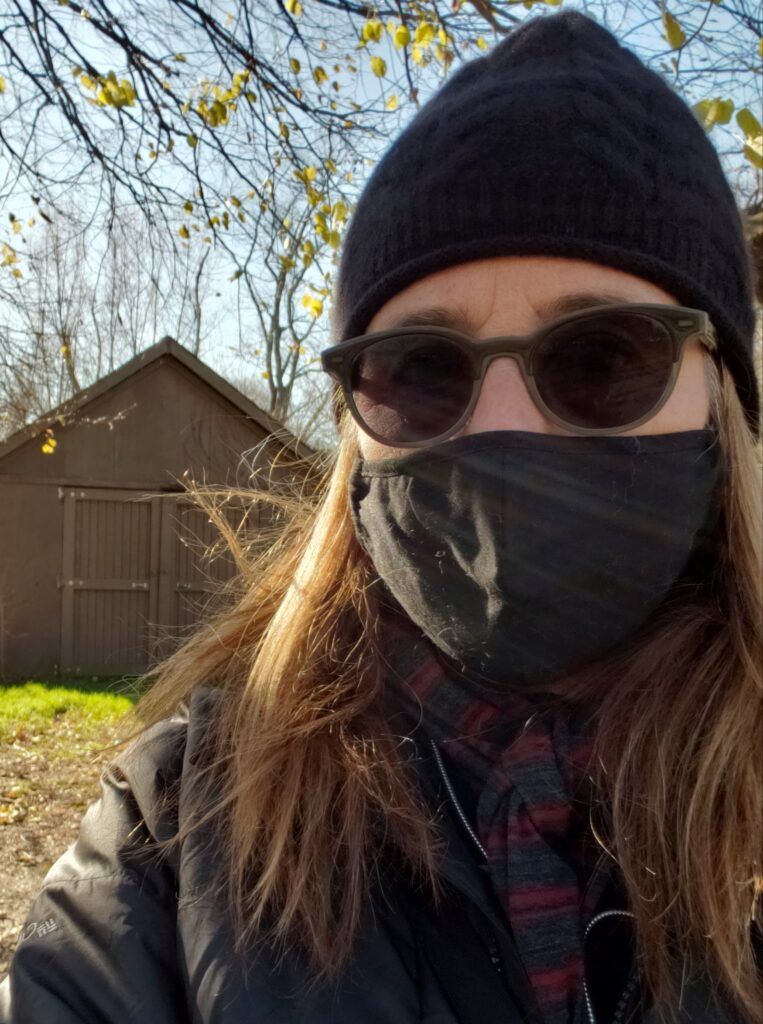
Leslie R Herman, Volunteer Critic
Get the Chance has been one of the ways I’ve been able to maintain a connection to the arts and culture in Wales. I’m writing this message from New York City. It is mid-August 2020. I’ve been unable to get back to Wales due to the Covid pandemic and the global lockdown. Not only am I really missing Wales, I’m missing connection, to people, to places and to the arts and culture that I’ve grown to love and live for – arts and culture that have helped me thrive throughout my life.
At the moment it really feels like we’re all of us spinning in our own orbits and cyberspace is our most vital tool but if that’s all we’ve got, I’m afraid it’s way too nebulous for me. I need to feel more grounded.
Get the Chance really has given me the opportunity to get grounded and to connect to people, to the arts, to culture. It’s given me the opportunity to mentor young people and it’s given me the opportunity to extend and rebuild my own career. What’s marvellous about get the chance is its open and flexible approach to giving people a chance to connect to culture. Why don’t you give Get the Chance a chance?
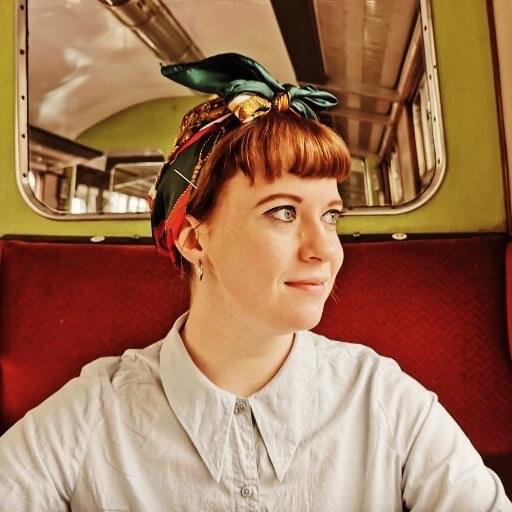
Beth Armstrong, Volunteer Critic
Hi! My name’s Beth. I’m 24, and I’m from Wrexham, North Wales, and I’m currently training to be a primary school teacher. I’m a member of Get the Chance because it allows me to watch a great range of theatre performances which I wouldn’t normally get to see due to financial reasons, and also allows me to see a really diverse range of different kinds of theatre which I think is great for expanding my knowledge and experience of theatre in general.
Having my work published online is a great opportunity for me because it allows me to have a wide audience for my writing, and it also allows me to engage with other reviewers and read their work as well, so it’s a really fantastic opportunity.
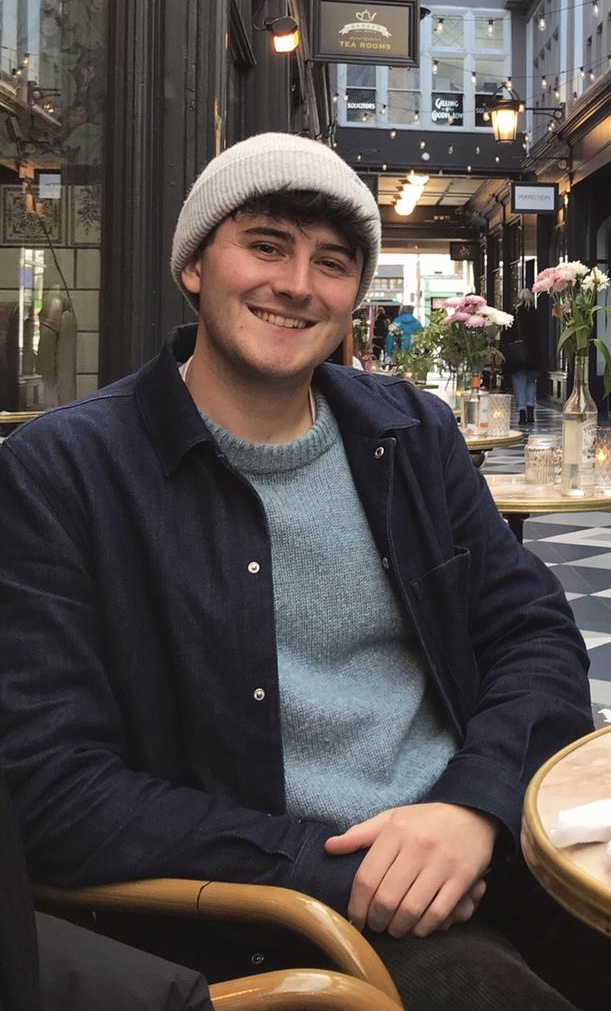
Samuel Longville, Volunteer Critic
When I left university, Get the Chance was a really amazing, creative outlet for me. I was able to see so much theatre for free which would have been really difficult at the time, having left university as a not very well-off student. I was working a quite tedious nine-to-five job at the time so Get the Chance really served as that kind of creative outlet for me, allowing me to see as much theatre as possible, and not only to see it but to think about it critically and write reviews about it. So it really let me utilise the things I’d learned on my drama course at university.
I’m soon to start an MA in Arts Management at Royal Welsh College of Music and Drama and I think, without Get the Chance, my enthusiasm possibly could have wavered over the past year, and I still may be stuck doing the same nine-to-five job that I was previously doing. So I really can’t thank Guy and Get the Chance enough for all the opportunities they gave me over the past year.

Helen Joy, Volunteer Critic
Hi! My name is Helen Joy, and I’m here to talk a little bit about my experiences with Guy O’Donnell and his extraordinary Get the Chance. I joined Get the Chance as a 3rd Act Critic when it started, which is a couple of years ago now, and I was a little less grey(!), and it has given me the most extraordinary opportunities that I would not have had the opportunity to take otherwise. For example, I was able to go to the Opera regularly, something I never thought I’d be able to do or that I would enjoy. I’ve been a keen follower of modern dance – ditto, never thought I’d do that – and it’s also given me the chance to really think about how I evaluate things.
So, for example, much more recently, I was given the chance to interview Marvin Thompson. I think this gave me one of the biggest challenges I’ve had for a long time. He, and the experience of planning and conducting an interview, and recording it visually and hourly on Zoom, made me really think about, not just how I wanted to react to him and to his work, but how I felt about it.
Often, I fall into a particular category: of the classic middle-aged, white, educated woman, where the opportunities are already ours, and we’re very lucky with that, but we’re also quite a silent group. People don’t really want to hear what we’ve got to say, which is why we tend to shout it from the rooftops I think; or why, equally, we disappear into the aisles of supermarket. This has given me and my colleagues tremendous opportunities to re-find our voices and to share them, to listen to what other generations have to say. It’s been a really important experience for me. Long may it continue. Thank you!
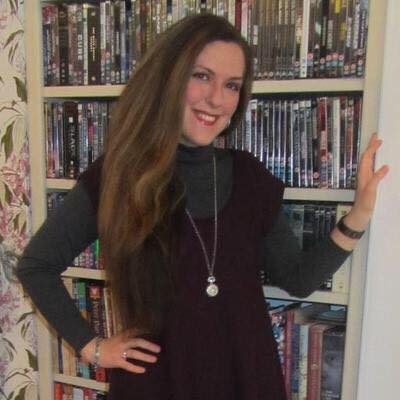
Barbara Hughes-Moore, Volunteer Critic.
My name is Barbara Hughes-Moore, and I recently completed my Doctorate in Law and Literature at Cardiff School of Law and Politics on Gothic Fiction and Criminal Law. So by day, I’m a scholar, a reviews editor, and a research assistant; and by night, I write longer retrospective pieces on film and television through a gothic and criminal lens on my personal blog.
I’m a member of Get the Chance because its mission is all about increasing the visibility of, and accessibility to, the arts for everyone. Since becoming a member, I have attended and reviewed numerous theatre productions at the Sherman Theatre, the New Theatre, and Chapter Arts Centre. I’ve been a featured speaker on the Sherman Theatre’s post-show panels. And, more recently, I’ve had the pleasure of interviewing director Alison Hargreaves on her short film Camelot for the Uncertain Kingdom Anthology. Most importantly of all, Get the Chance has not only given me a voice – it has given me the space, the opportunity, and the confidence to use it.
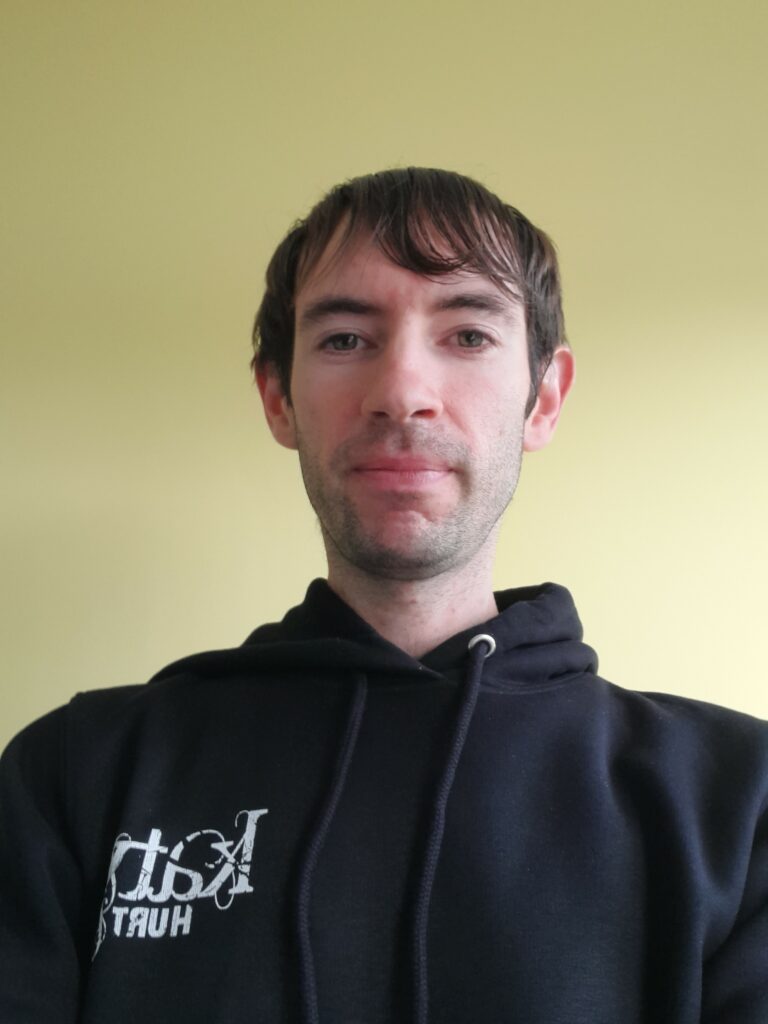
Gareth Williams, Volunteer Critic
Hi! My name is Gareth. I am 29 years old and I live in North East Wales, and I’ve been asked to say why I’m a member of Get the Chance, and I want to answer by slightly rephrasing the question in order to say what Get the Chance means to me. And first of all, it means having the opportunity to respond to the arts in Wales; to contribute to the discussion around arts and culture in Wales; and to engage with various art forms.
To that end, it is an opportunity to support and promote artists and organisations, particularly those that I’m passionate about. So for me, that looks like theatre, particularly the work of Theatr Clwyd in Mold; music – I’m a fan of country music, and it’s great to be able to showcase Welsh country music talent on the Get the Chance website – and TV drama. Welsh TV drama is going through a bit of a golden age at the moment, and it’s great to be able to be a part of that as somebody who critically reviews these shows as a writer.
I’ve always been much better at writing than speaking. I’ve never been very good at expressing an opinion though because of low self-esteem and confidence. But being a member of Get the Chance has given me an opportunity to express an opinion. It’s increased my self-esteem and my confidence to speak about how I feel about the things that I see and watch and listen to and engage with. And I think, for me, that is the most important thing about being a member of Get the Chance: that opportunity to express an opinion which, a couple of years ago, I would not have had the confidence to do.

Sian Thomas, Volunteer Critic
Hi! My name is Sian. The main reason I joined Get the Chance is because I love reading and I’ve always loved reading, and I really like having a definitive place where I can put down my thoughts on any piece of media and see people respond in so many different ways, and even the authors of the books that I’ve reviewed responding in so many different ways as well. It’s really lovely to have that kind of freedom of expression and I really value being a member.
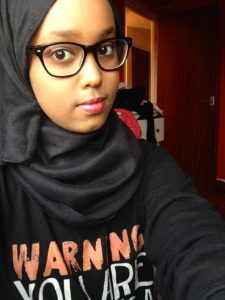
Amina Elmi, Volunteer Critic
I am a member of Get the Chance because it gives me a platform where I can speak my mind . It allows me to give my opinion and being able to do so enables me to explore the media, the news and whatever preferred genre or medium of entertainment I want.
When it was introduced to me I was into writing and that has helped shape what dreams and ideals I have while also keeping my writing skills at a solid, good level. I am fortunate to be a part of Get The Chance because it has given me opportunities that I would not have had otherwise.

Hannah Goslin, Volunteer Critic
I am a member of Get the Chance because theatre and the arts is what I eat, live and breath. To be able to connect with fellow performers, practitioners, critics and journalists is a wonderful chance to learn, be inspired and to network.

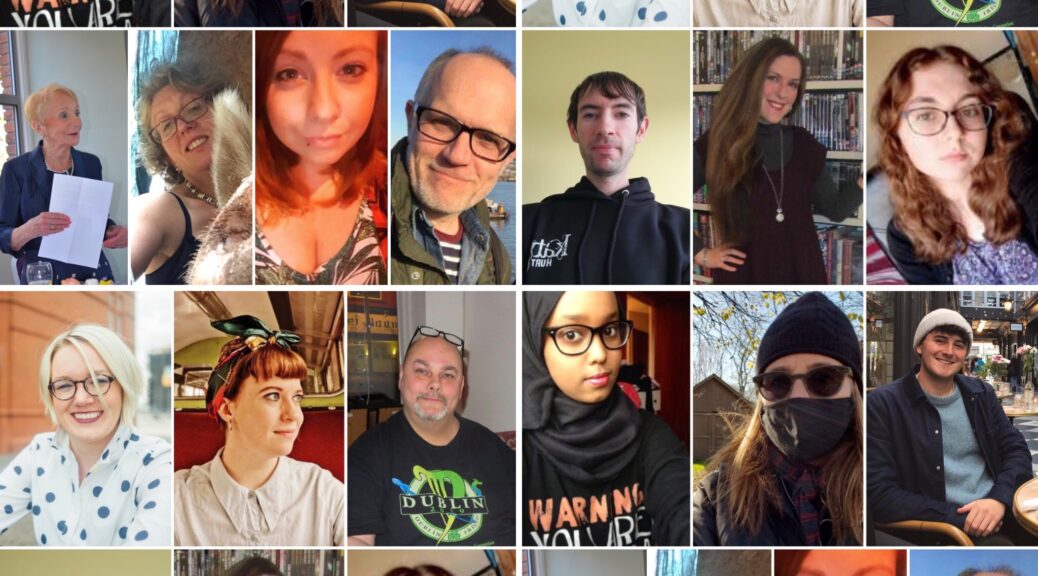


 (5 / 5)
(5 / 5)
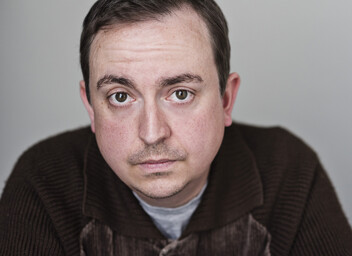
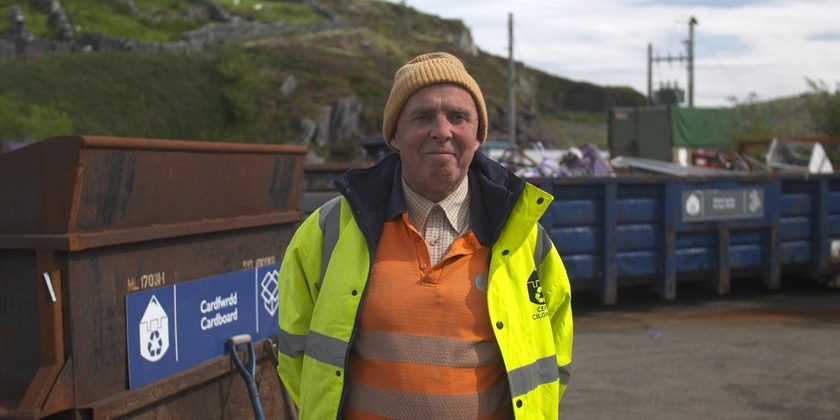

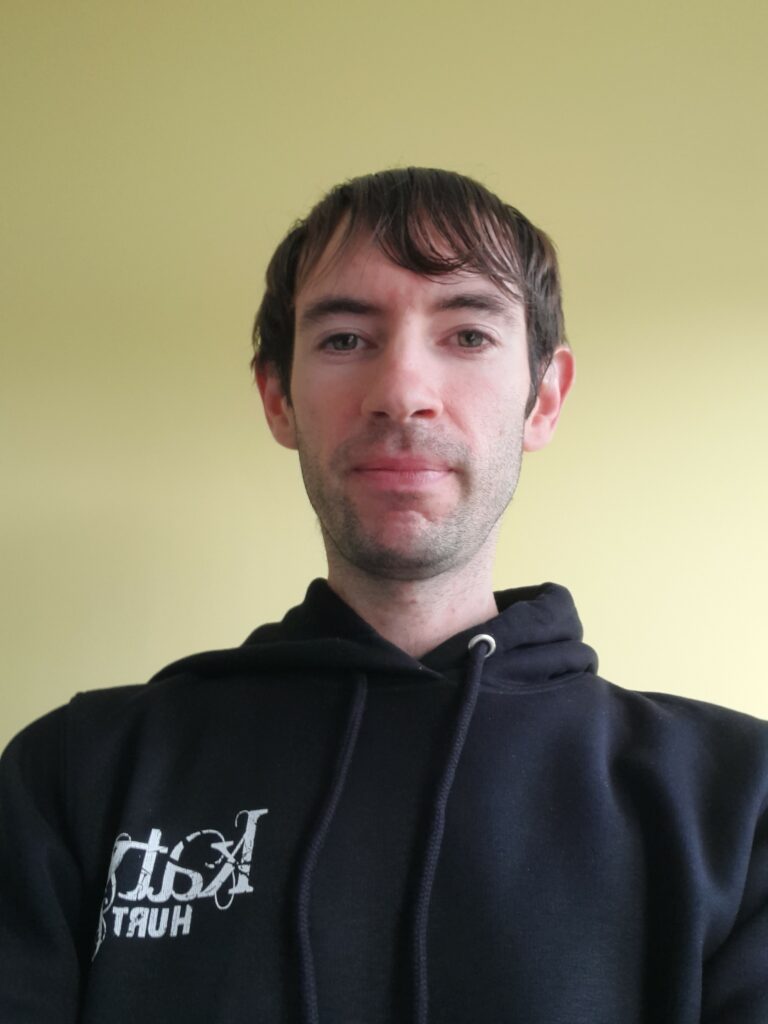
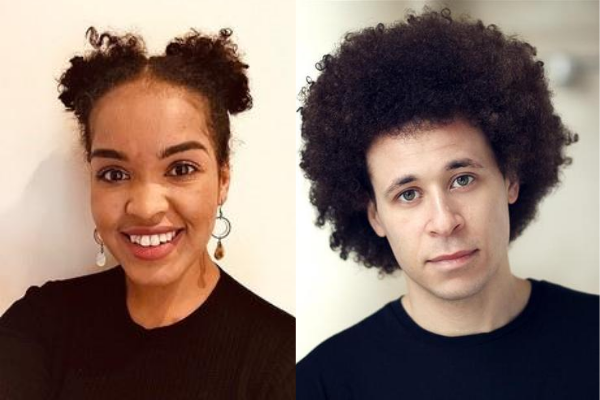

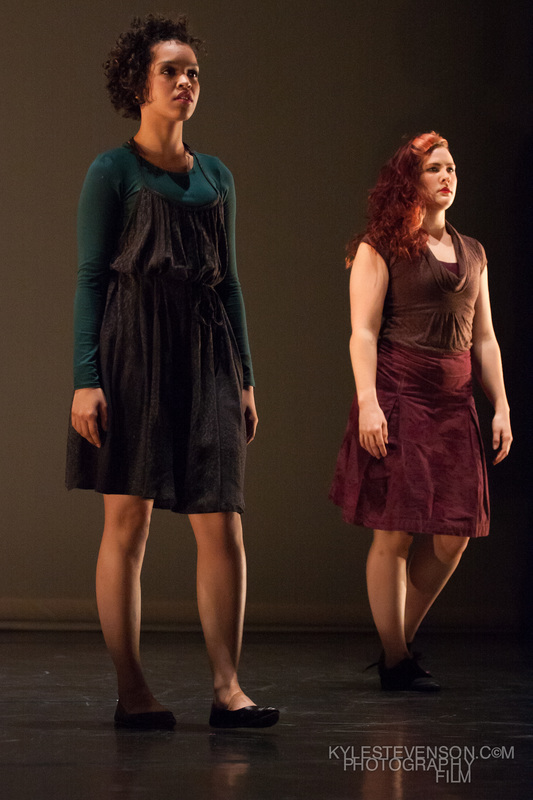




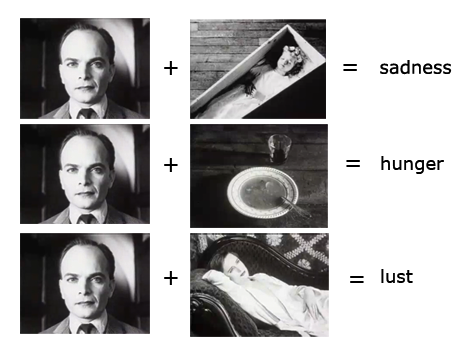
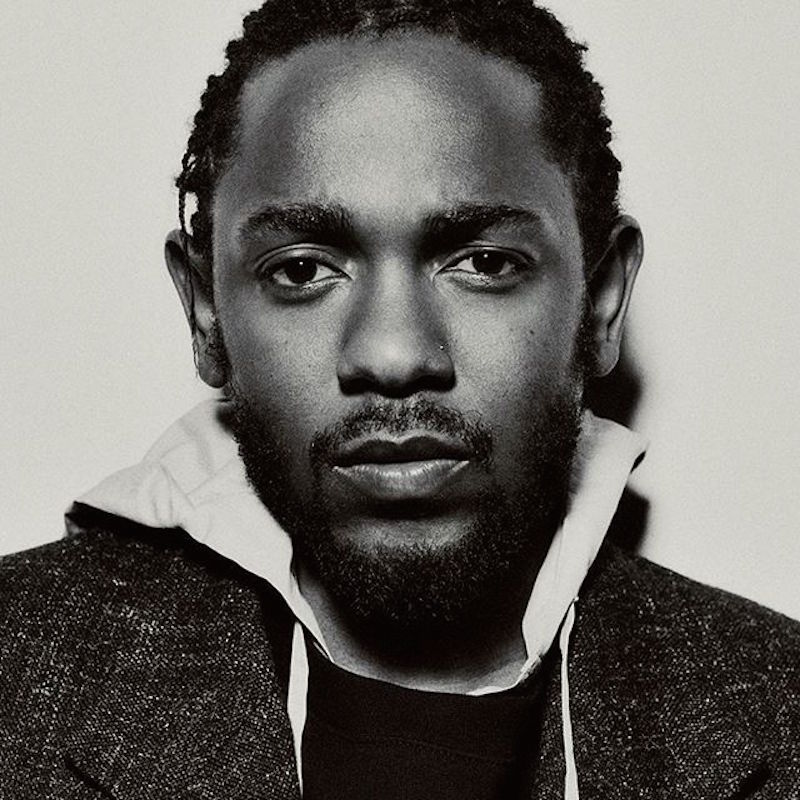
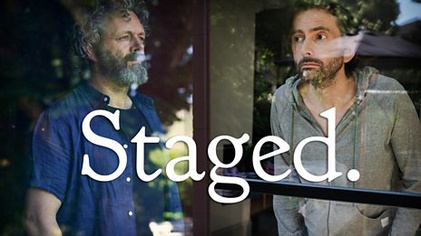

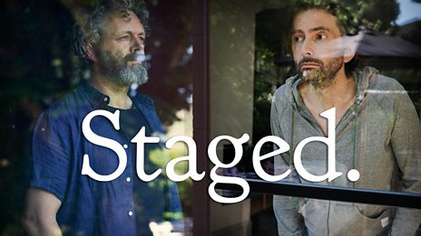

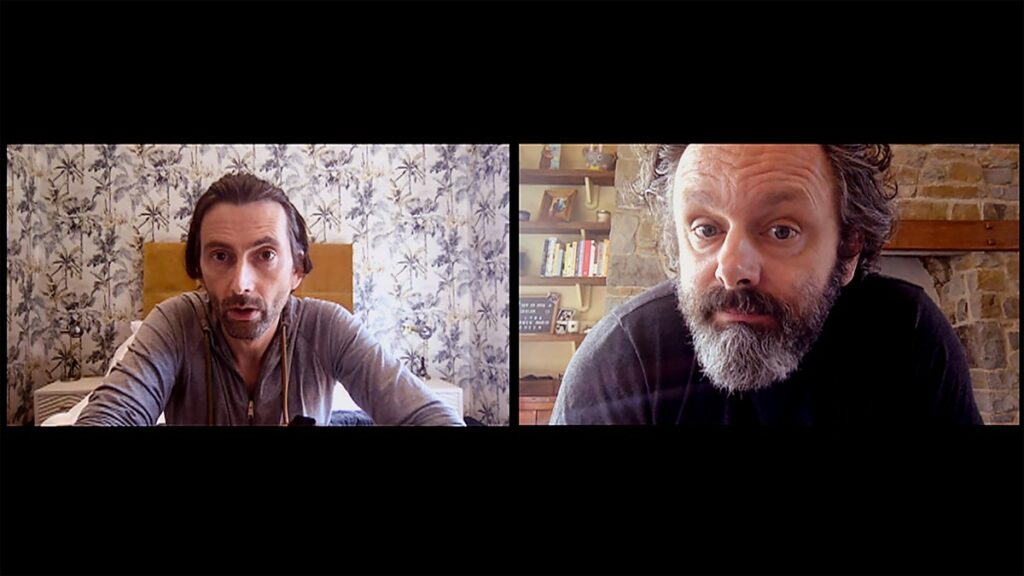
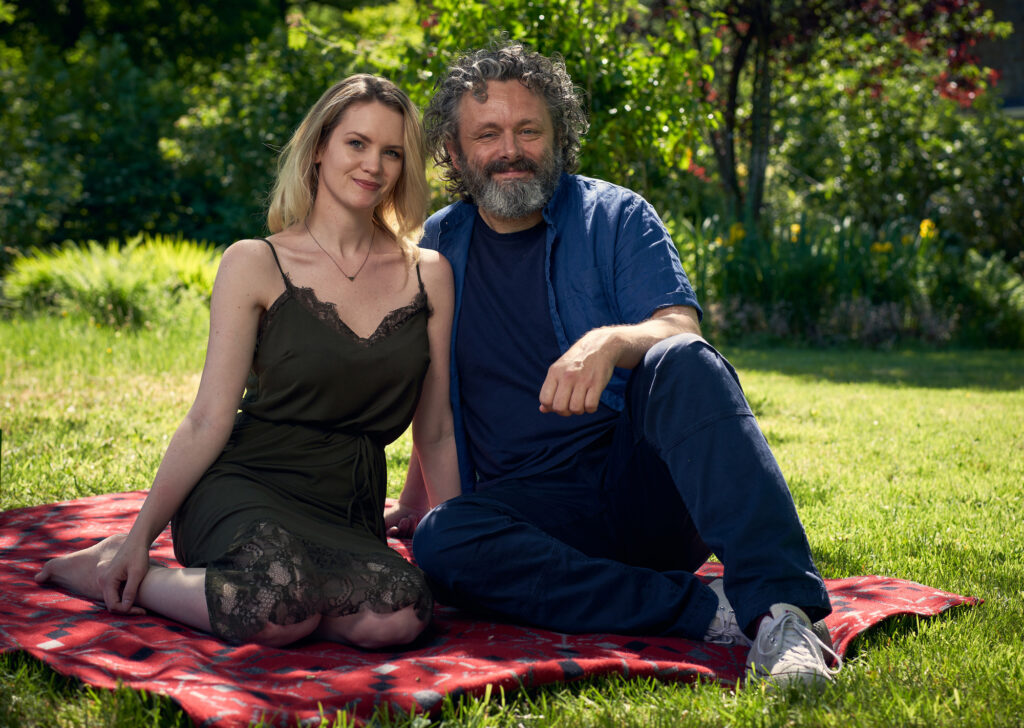
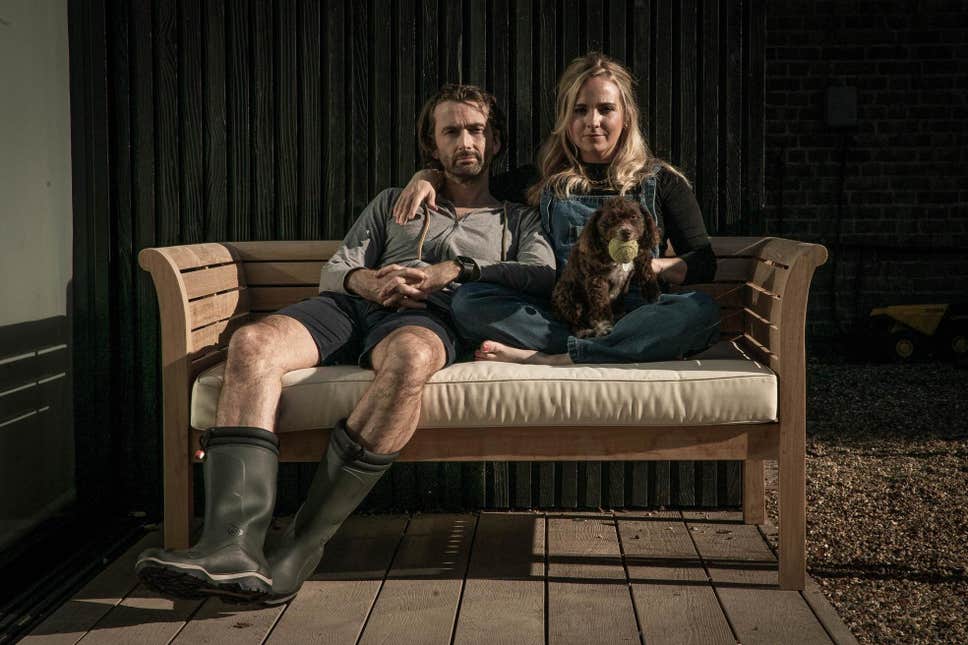

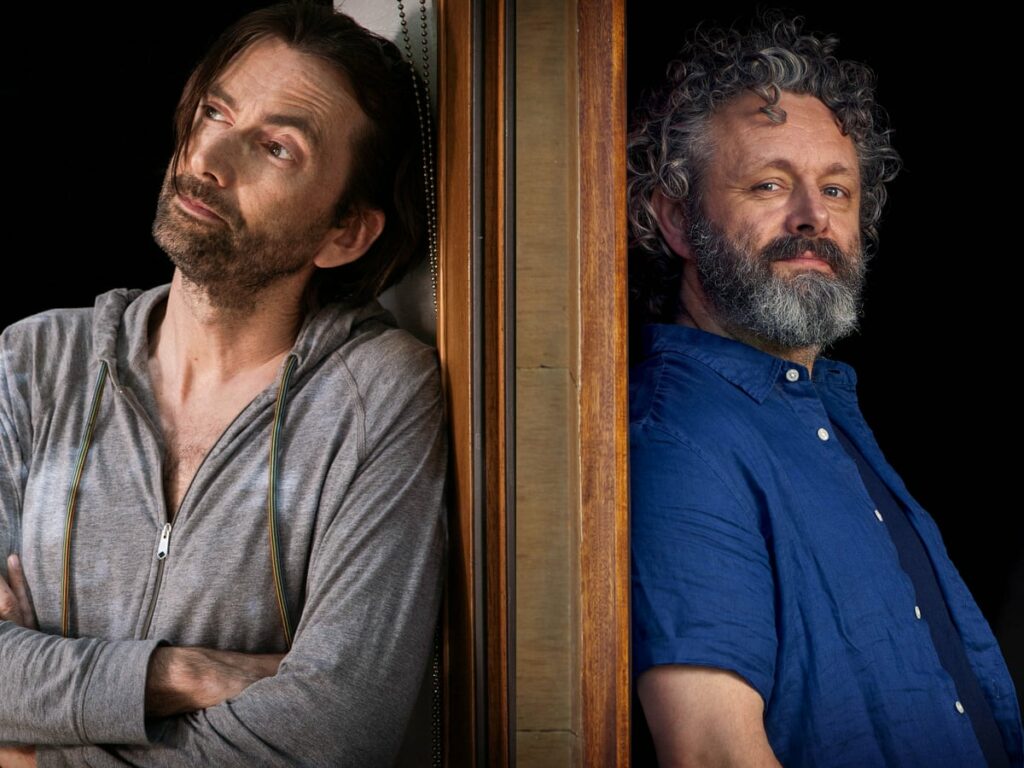
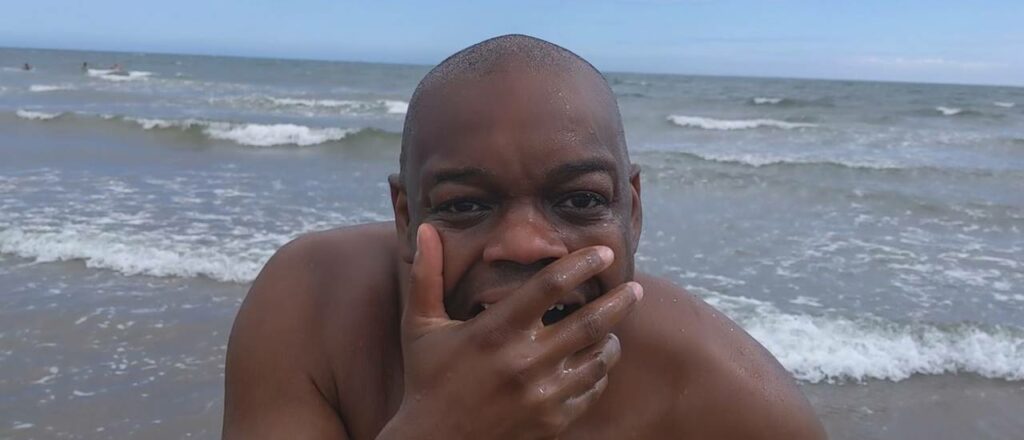
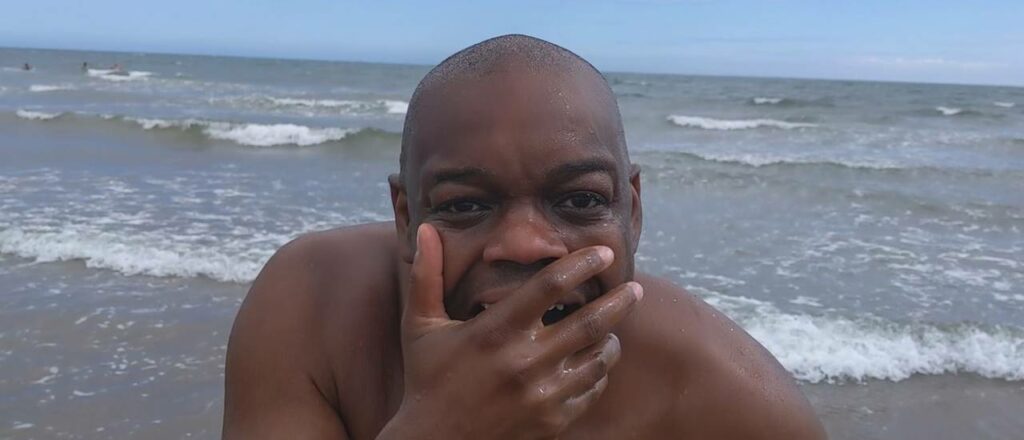
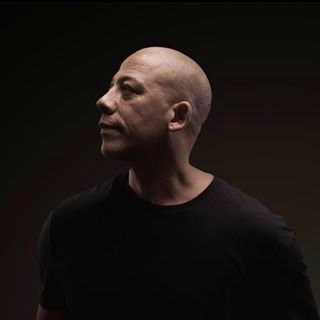

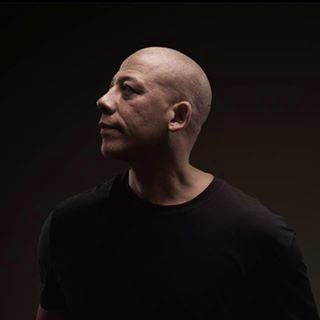

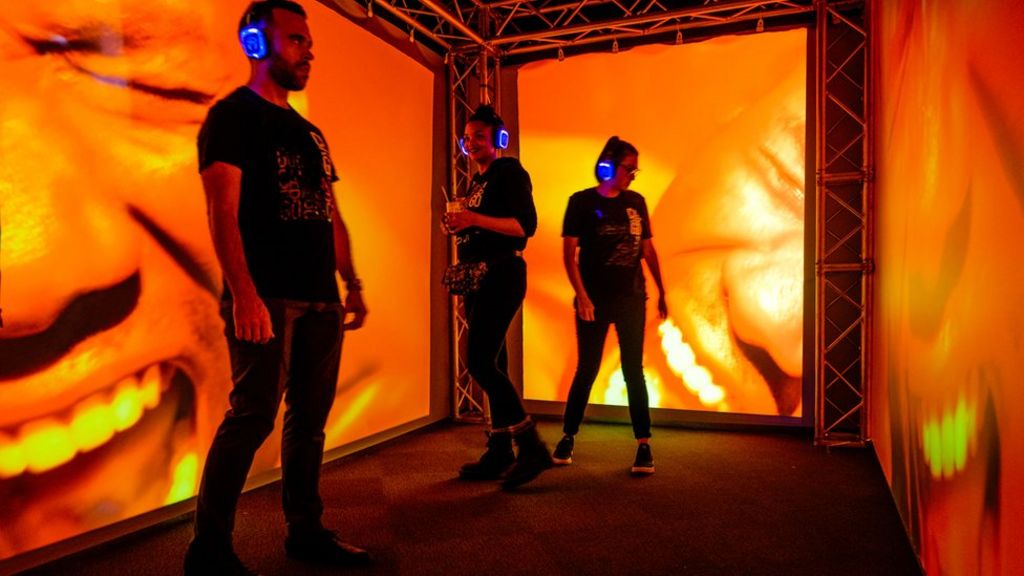
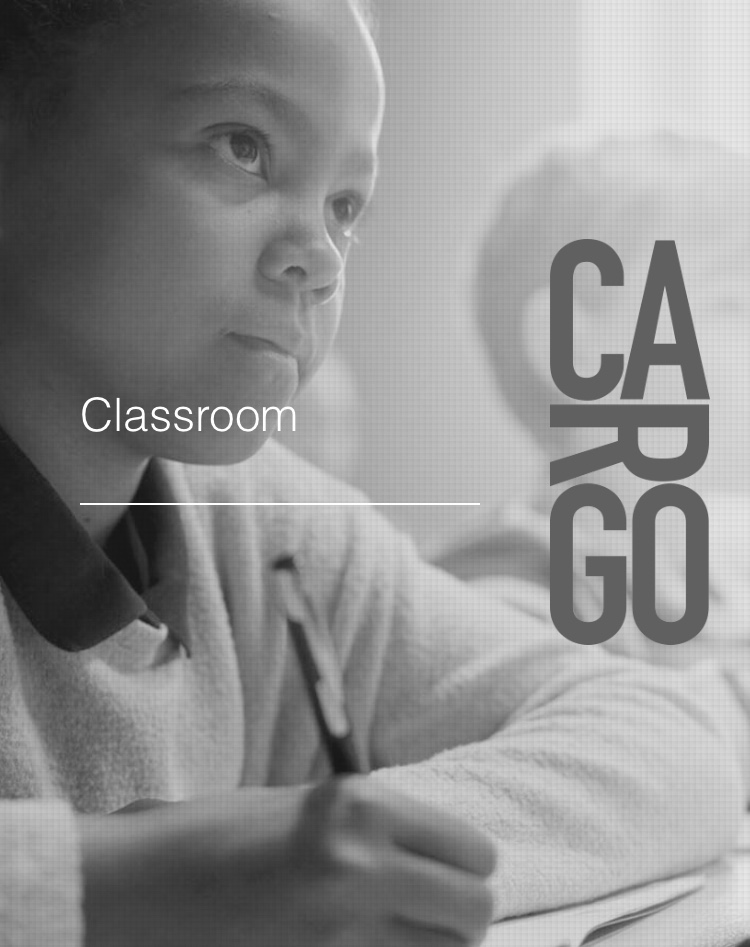
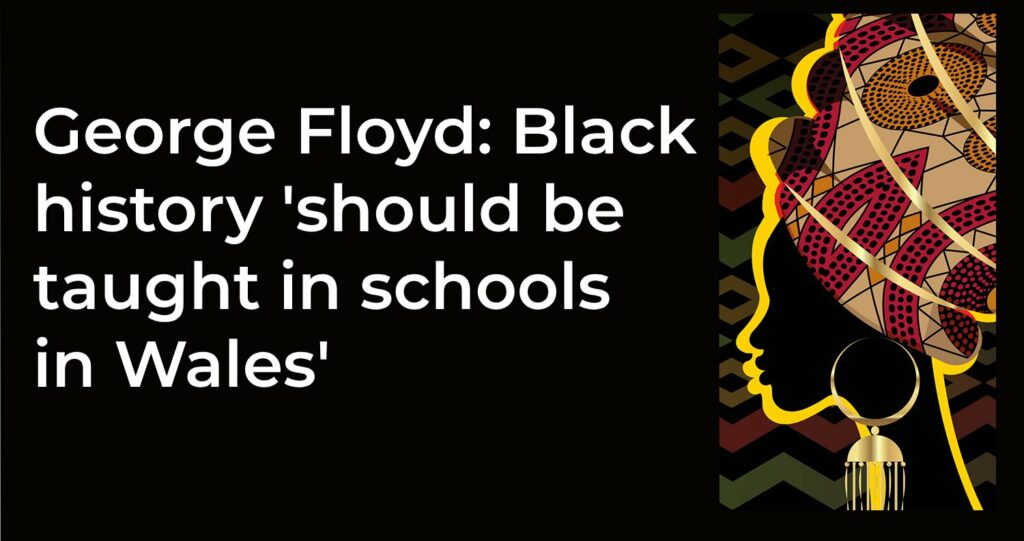


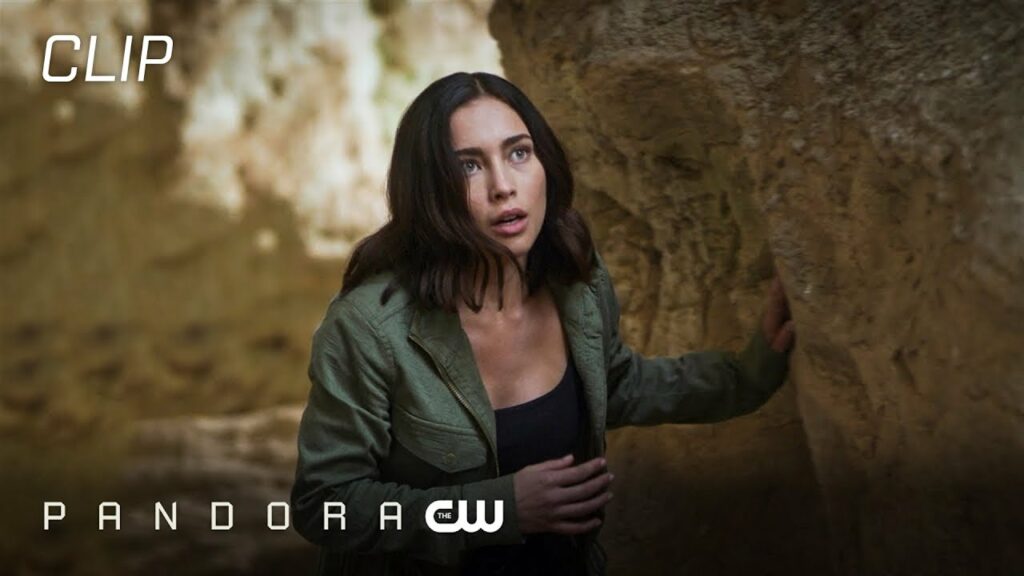

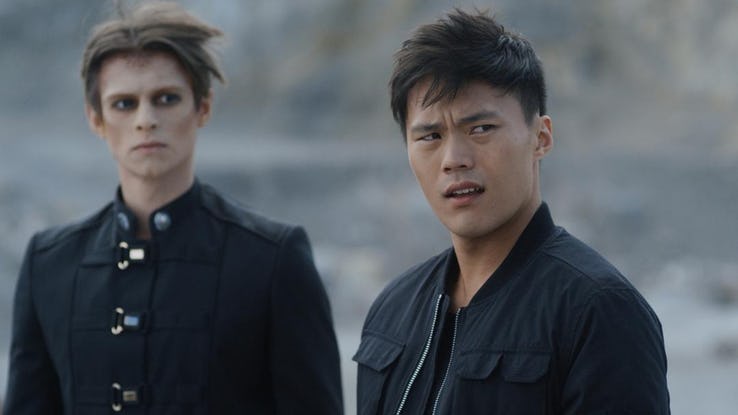
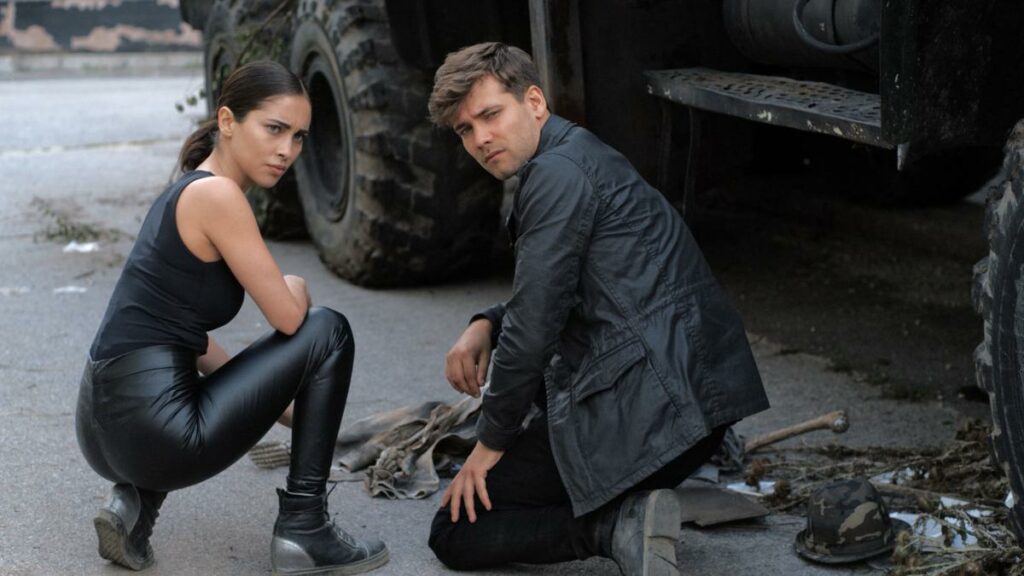
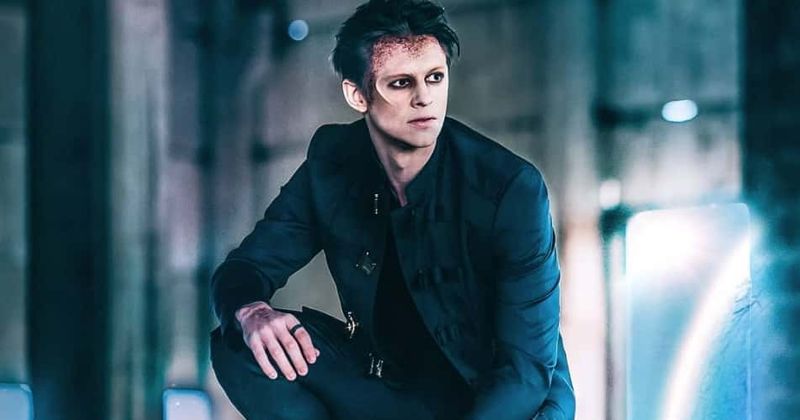
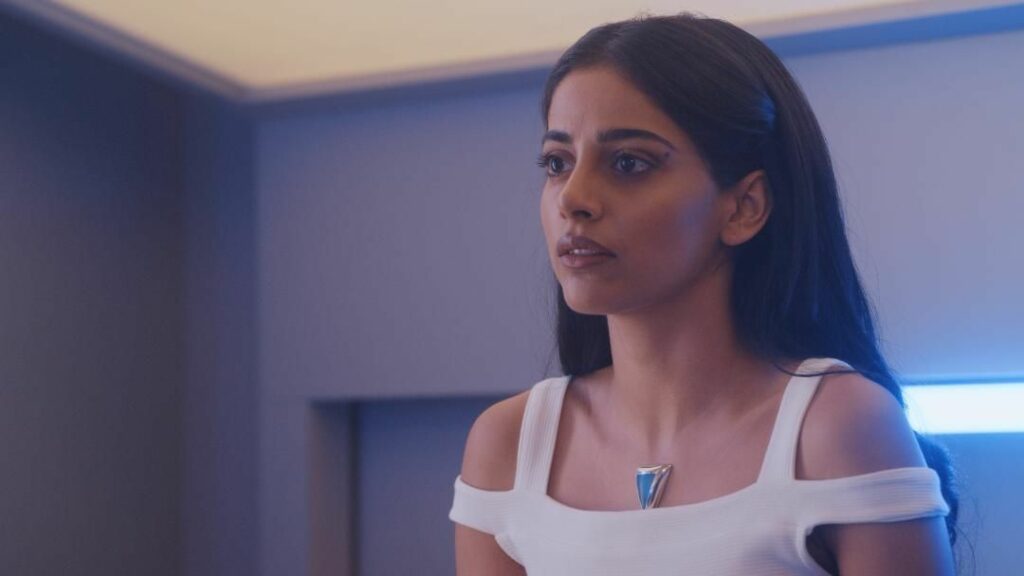

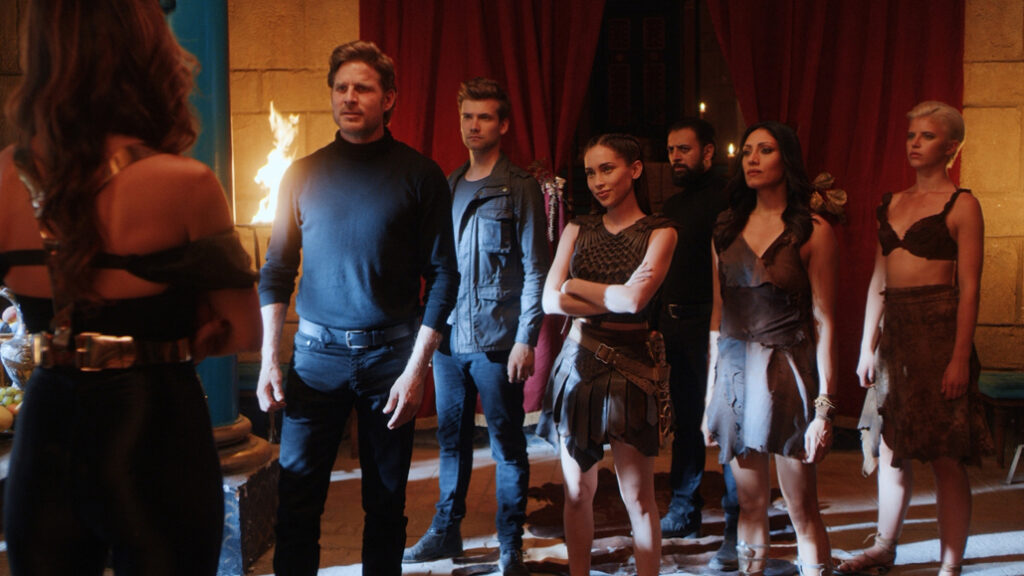



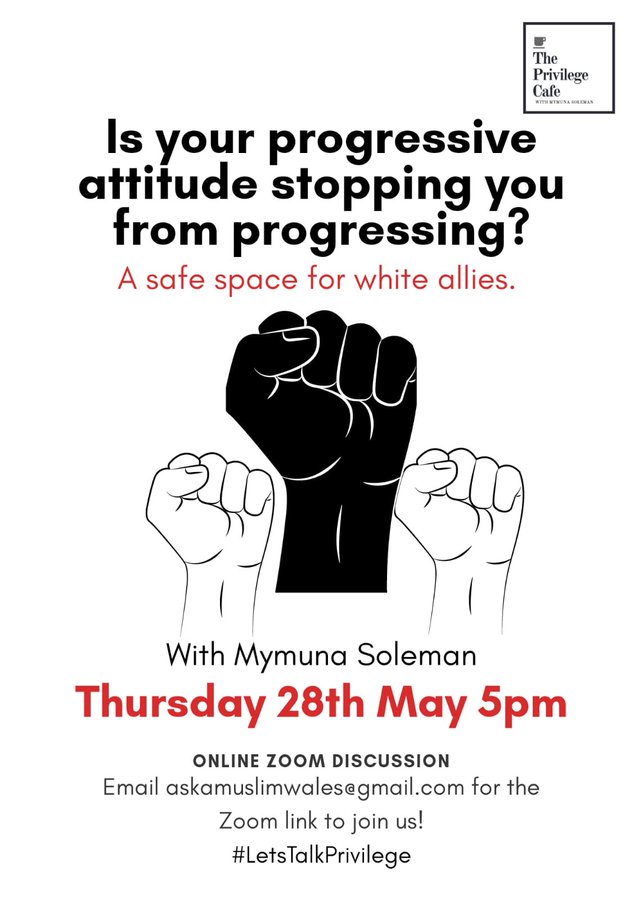
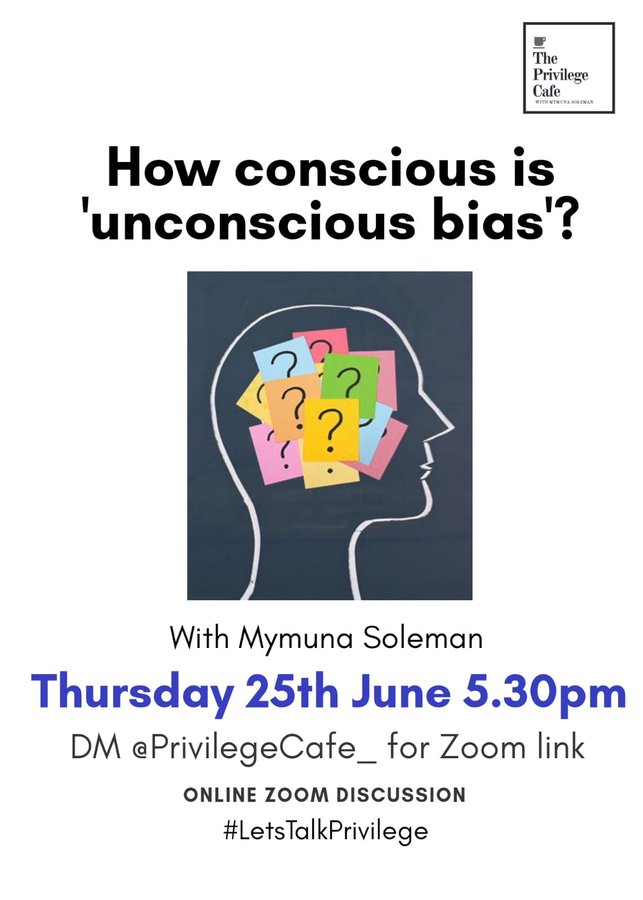
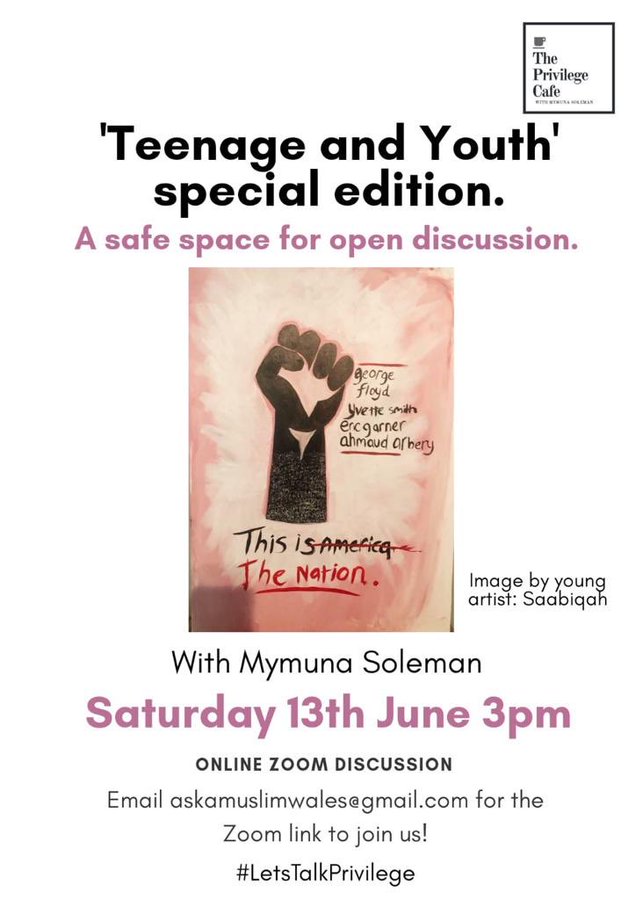
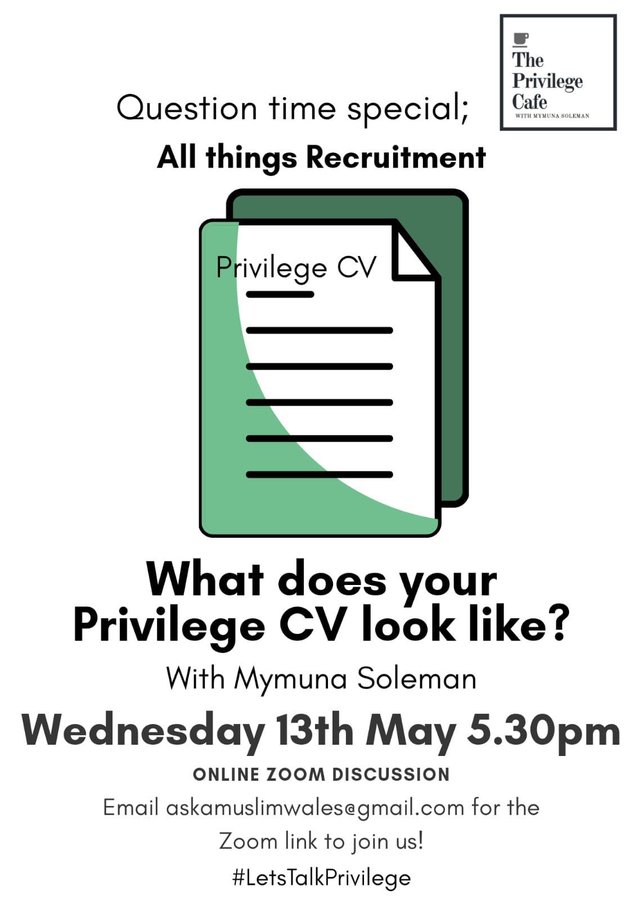
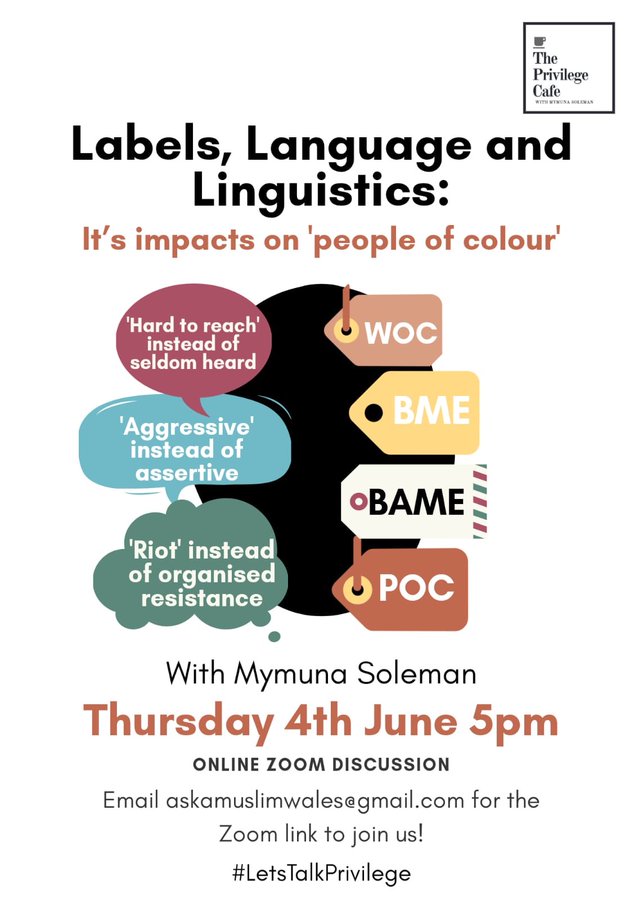

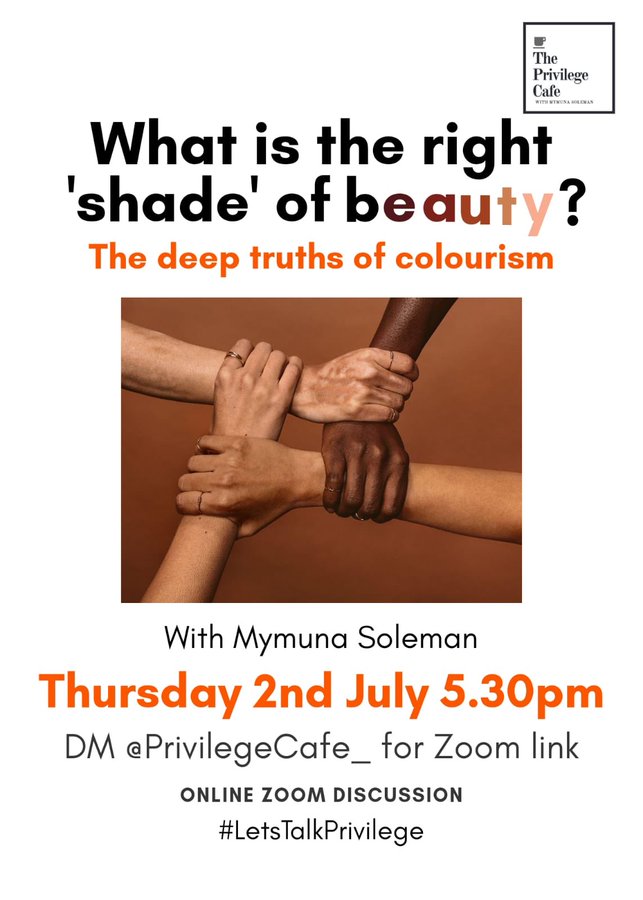
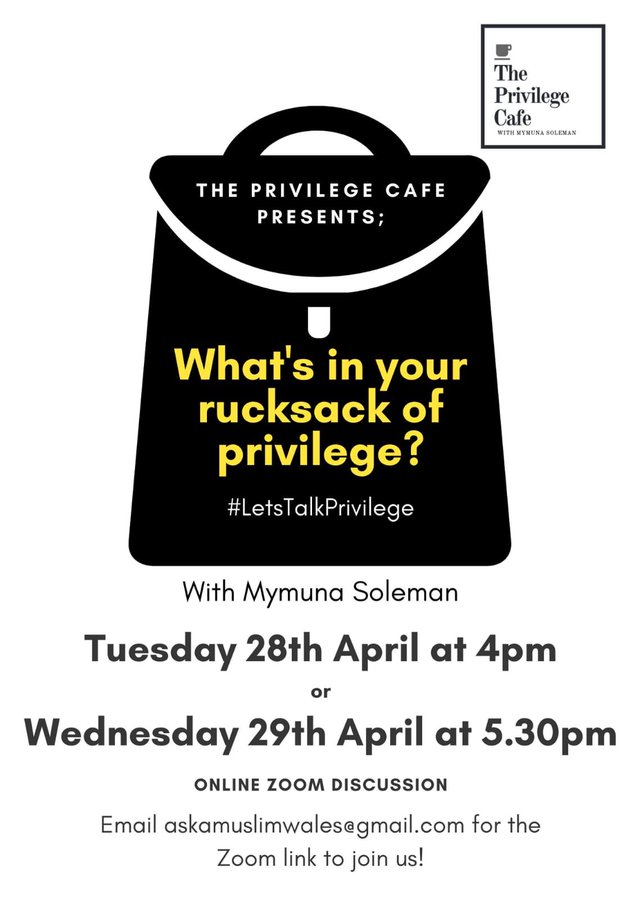
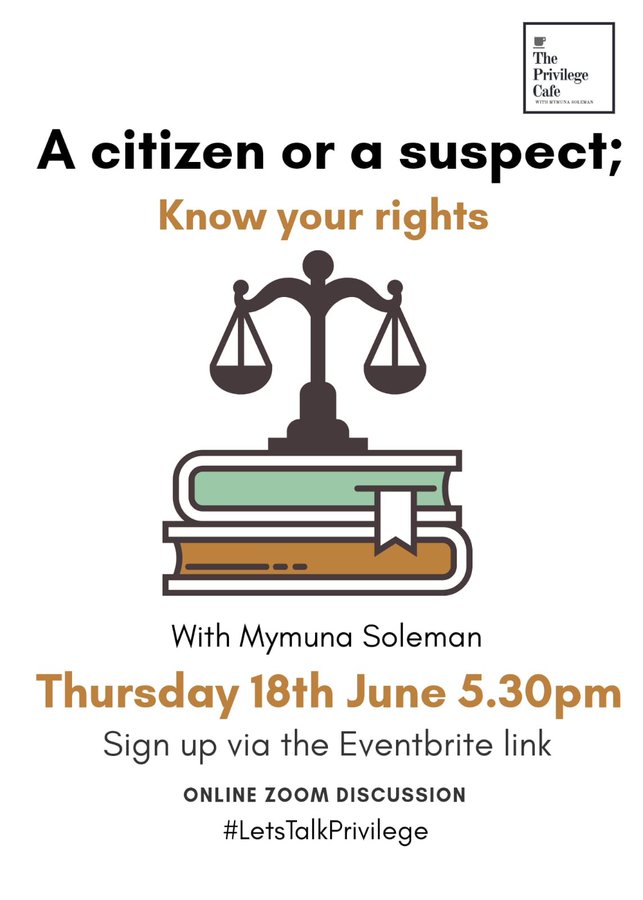
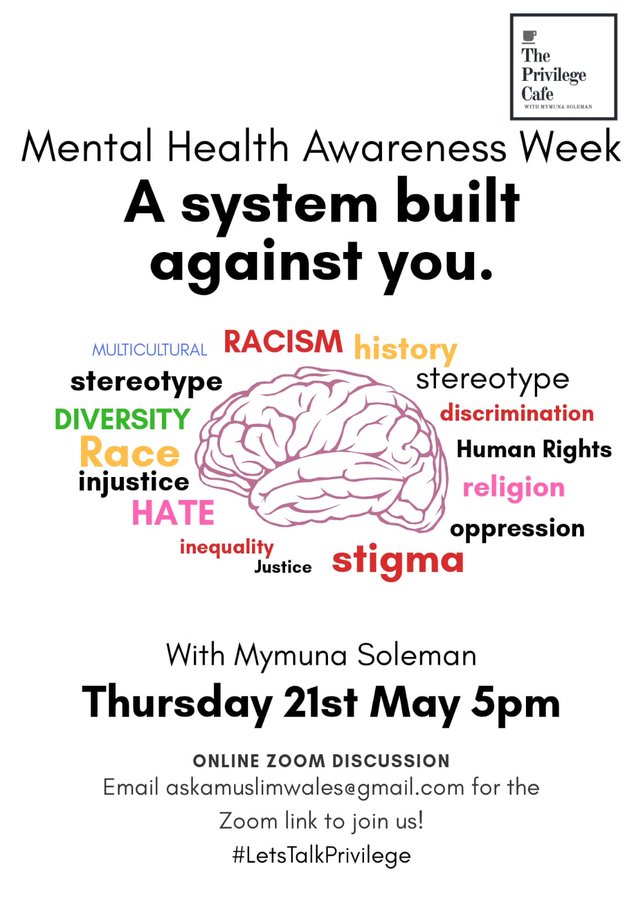
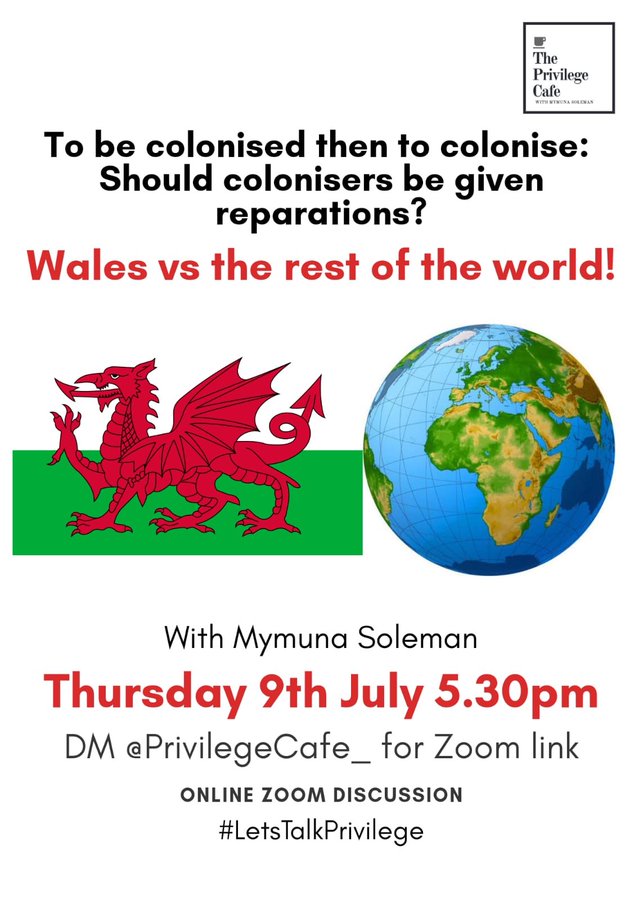

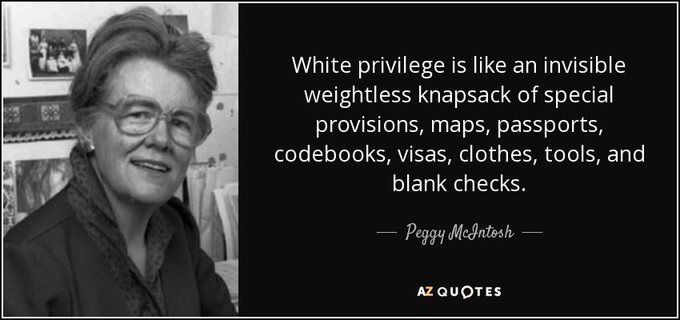
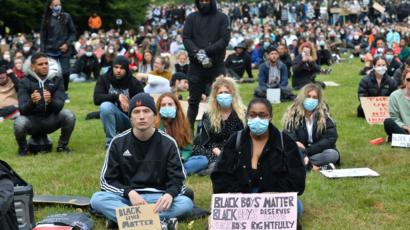
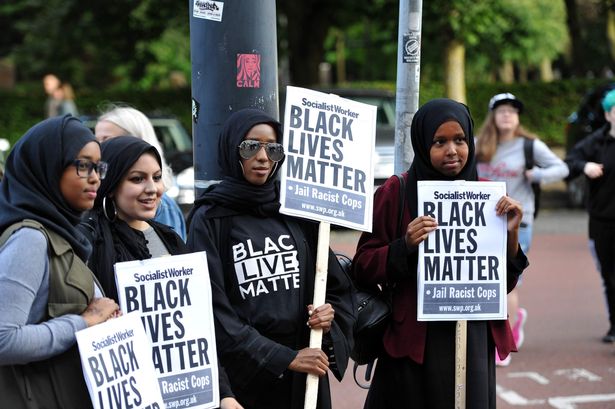
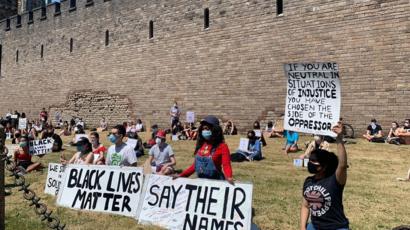
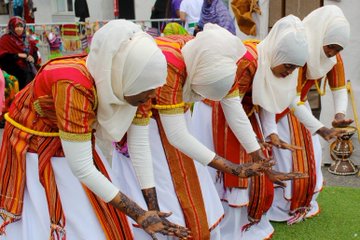
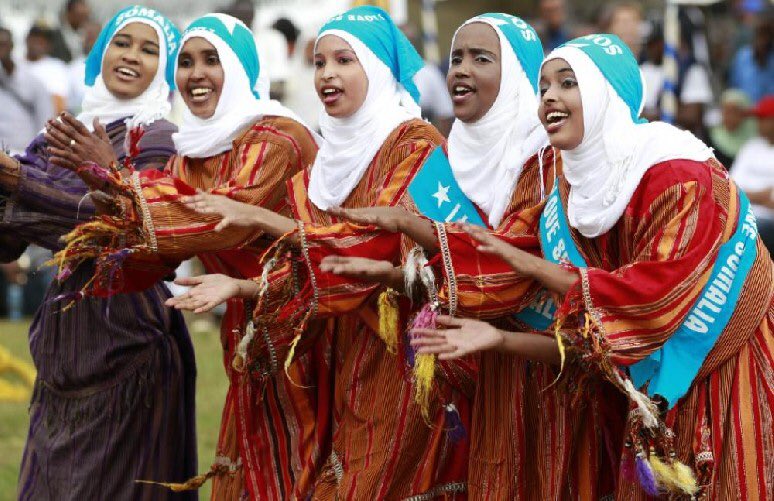
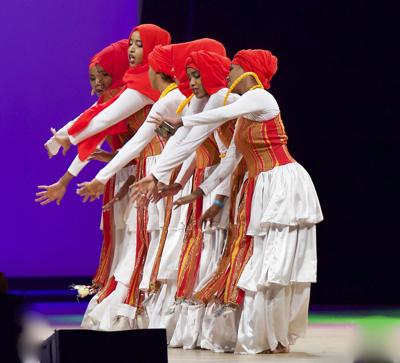
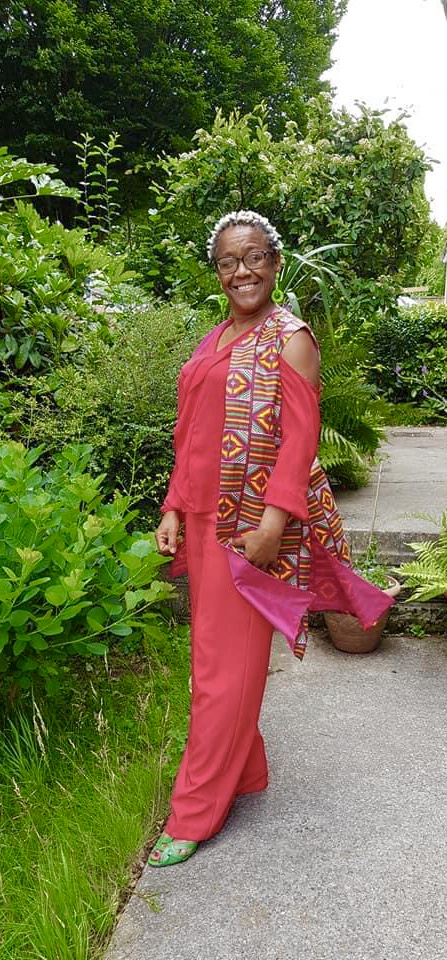
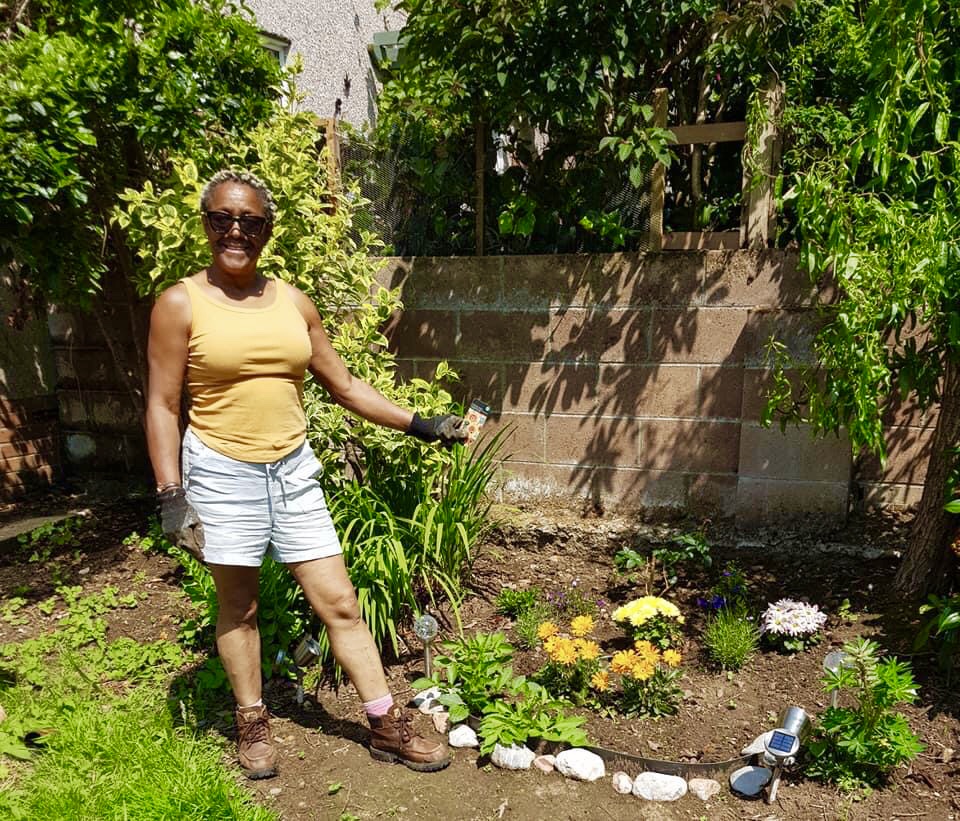
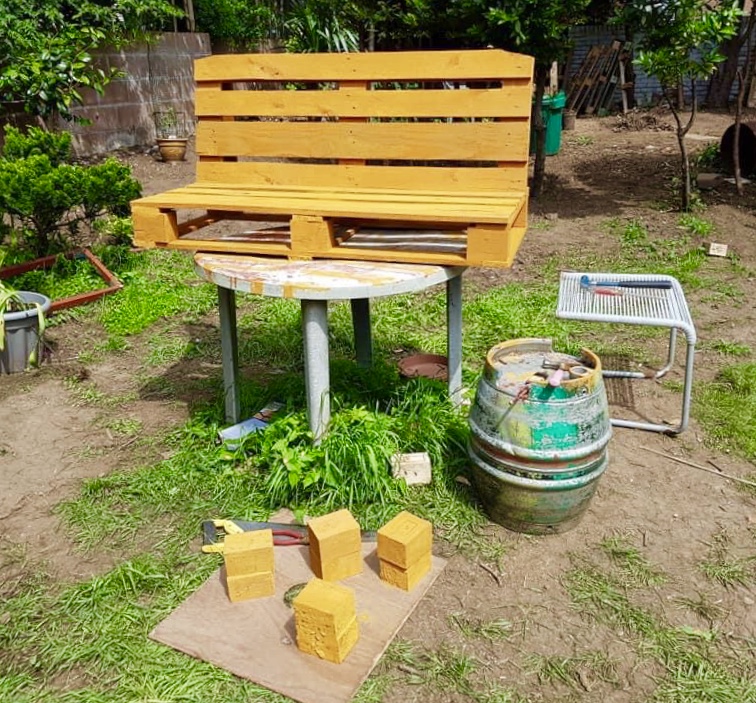

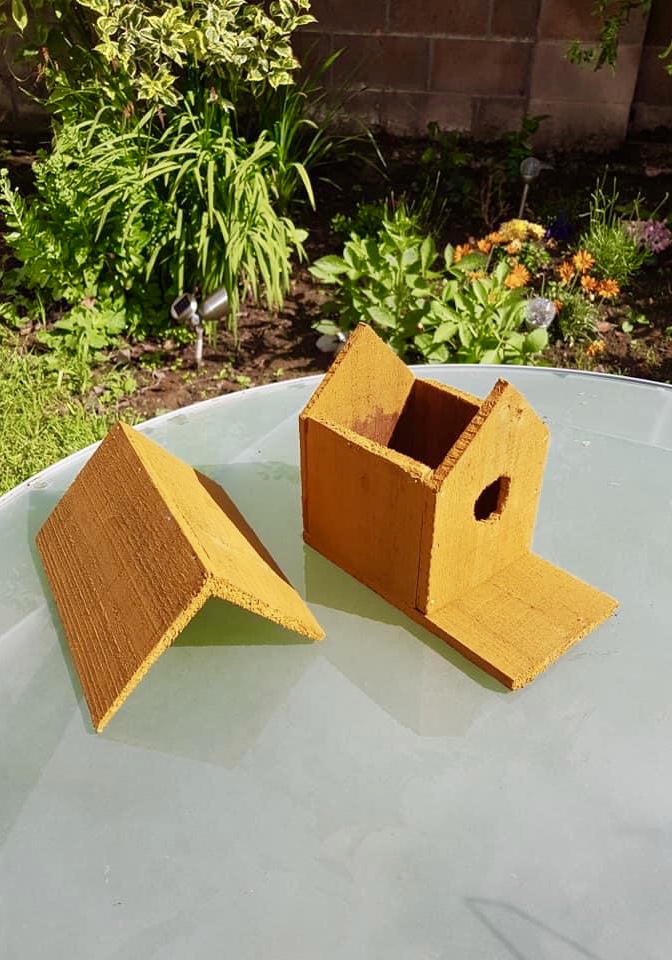
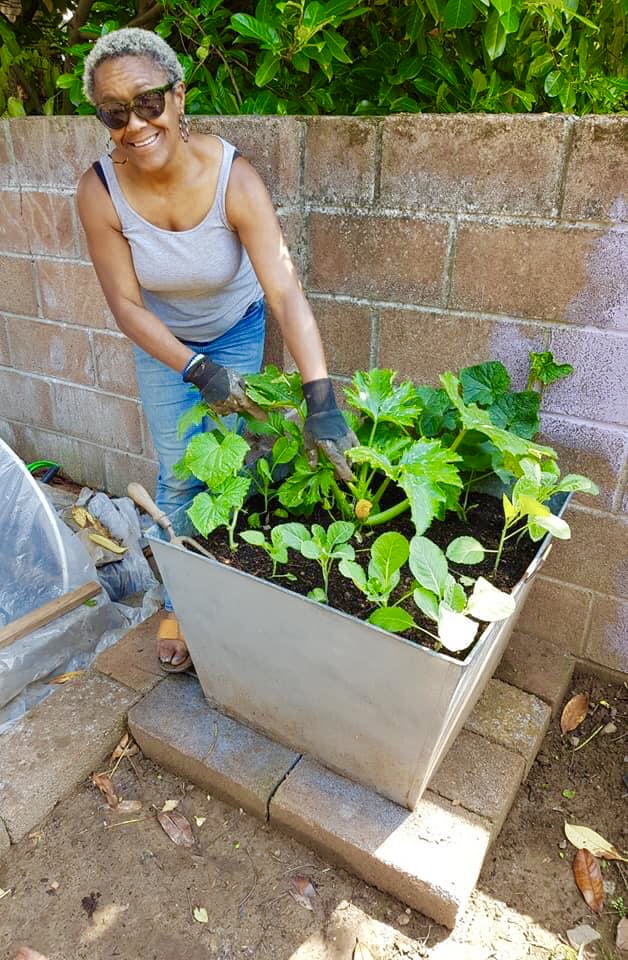
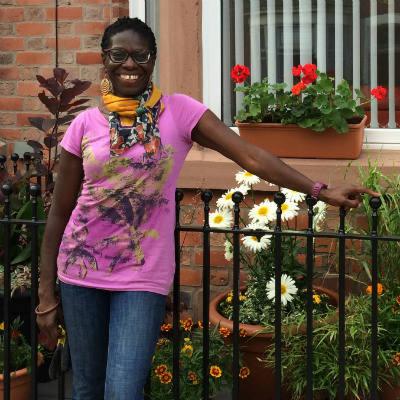
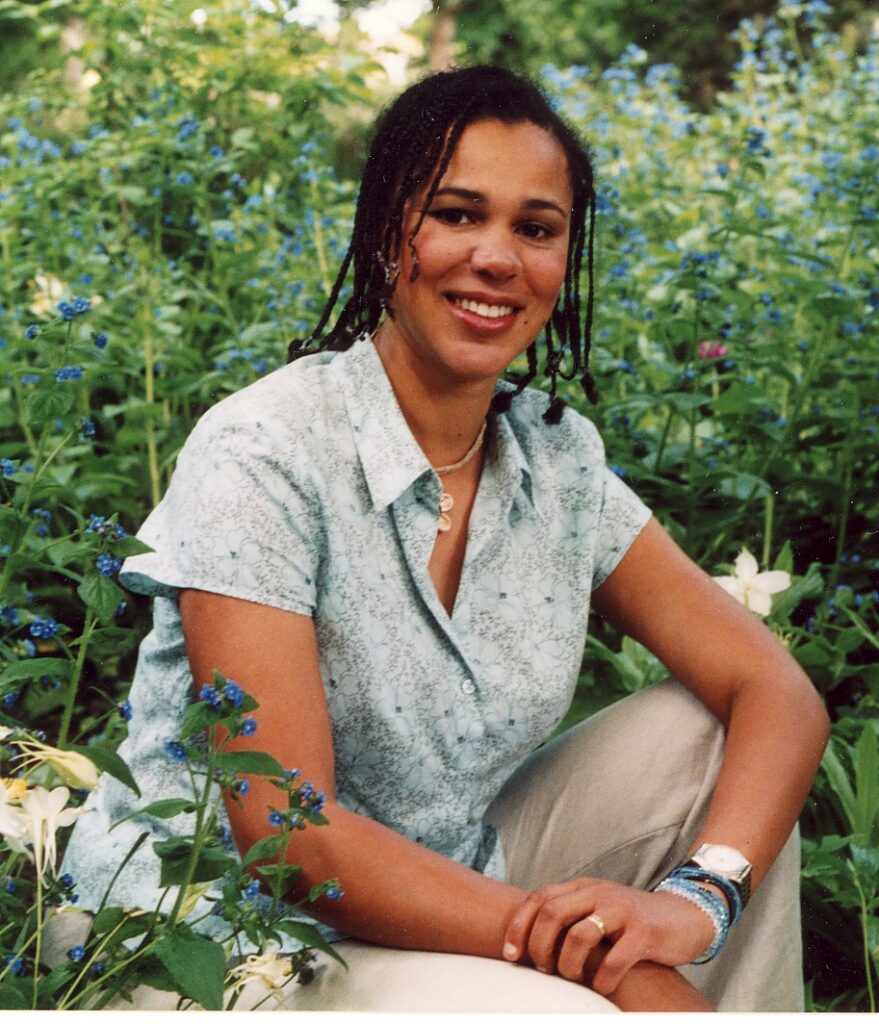
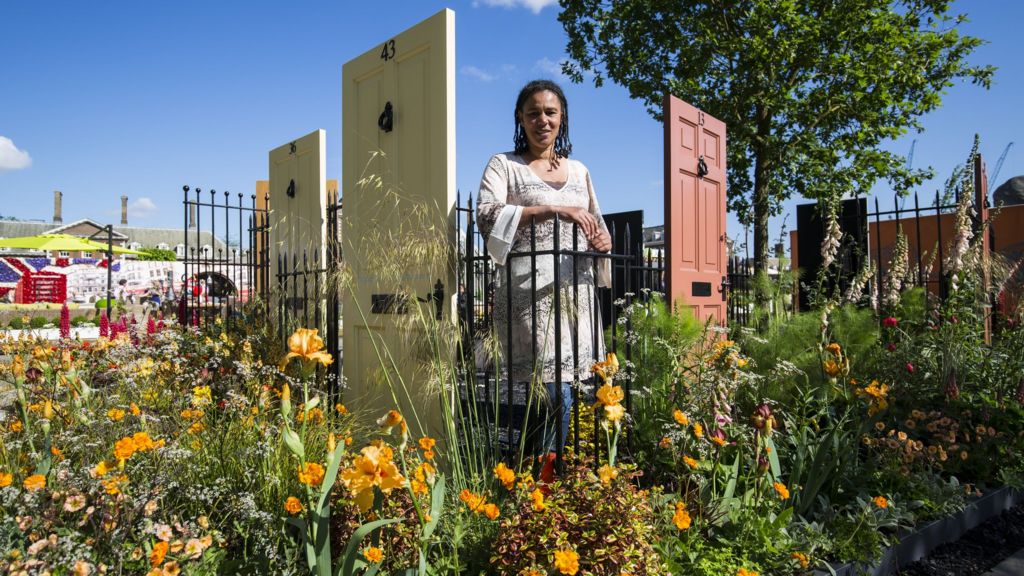
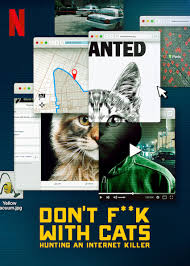
 (3 / 5)
(3 / 5)